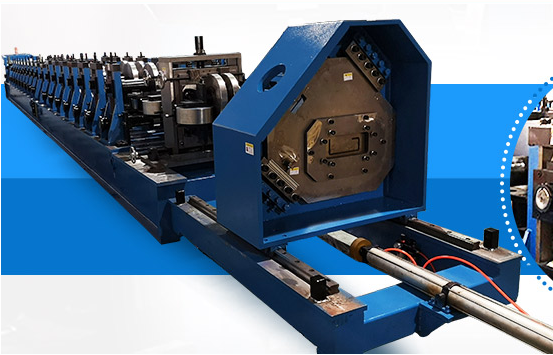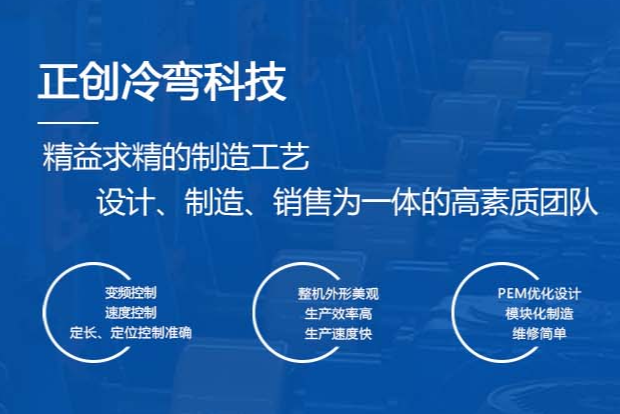Navigation Menu
Contact Us
- Email:
- info@wxavatar.com
- Address:
- Yurong Village, Yuqi Street, Huishan District, Wuxi, China.
Release Date:Nov 02, 2024 Visit:282 Source:Roll Forming Machine Factory
The cold forming machine market is experiencing a notable surge in growth, fueled largely by the increasing demand from the electronics manufacturing sector. This trend underscores the significant role that cold forming technology plays in the production of precision components for electronic devices, which are becoming increasingly complex and sophisticated.

Cold forming, a manufacturing process that involves shaping metal without the use of heat, offers several advantages that make it particularly well-suited for electronics manufacturing. One of the primary benefits is the ability to produce parts with high precision and tight tolerances. This is crucial in the electronics industry, where components must fit together seamlessly to ensure the functionality and reliability of the final product.
The electronics manufacturing sector is rapidly evolving, driven by advancements in technology and consumer demand for smaller, lighter, and more powerful devices. This trend has led to an increased need for precision components, such as connectors, terminals, and other electronic assemblies, that can be efficiently produced using cold forming machines.
Cold forming machines are capable of producing these components with a high degree of accuracy and repeatability. The process involves the use of compressive forces to shape the metal, which results in parts that are dimensionally stable and have excellent mechanical properties. This makes cold forming an ideal choice for producing electronic components that require precise dimensions and robust performance.
In addition to precision, cold forming machines offer several other benefits that appeal to electronics manufacturers. The process is relatively fast and efficient, allowing for high-volume production with short lead times. This is particularly important in the electronics industry, where rapid product development cycles and short product lifecycles necessitate quick turnaround times.
Moreover, cold forming machines are highly adaptable and can be configured to produce a wide range of components. This flexibility enables electronics manufacturers to quickly switch between different production runs, reducing waste and improving overall efficiency.
The electronics manufacturing sector is not the only driver of cold forming machine market expansion. Other industries, such as automotive, aerospace, and medical, also rely on cold forming technology to produce precision components. However, the electronics industry stands out due to its rapid growth and the increasing complexity of electronic devices.
As the electronics manufacturing sector continues to evolve, the demand for precision components is likely to increase further. This, in turn, will drive the expansion of the cold forming machine market. Manufacturers of cold forming machines are responding to this trend by investing in research and development to improve the capabilities and efficiency of their machines.

In conclusion, the cold forming machine market is experiencing significant growth, driven largely by the increasing demand from the electronics manufacturing sector. The precision, efficiency, and adaptability of cold forming machines make them an ideal choice for producing the complex and sophisticated components required by modern electronic devices. As the electronics industry continues to evolve, the demand for cold forming machines is likely to remain strong, driving further expansion in this market.